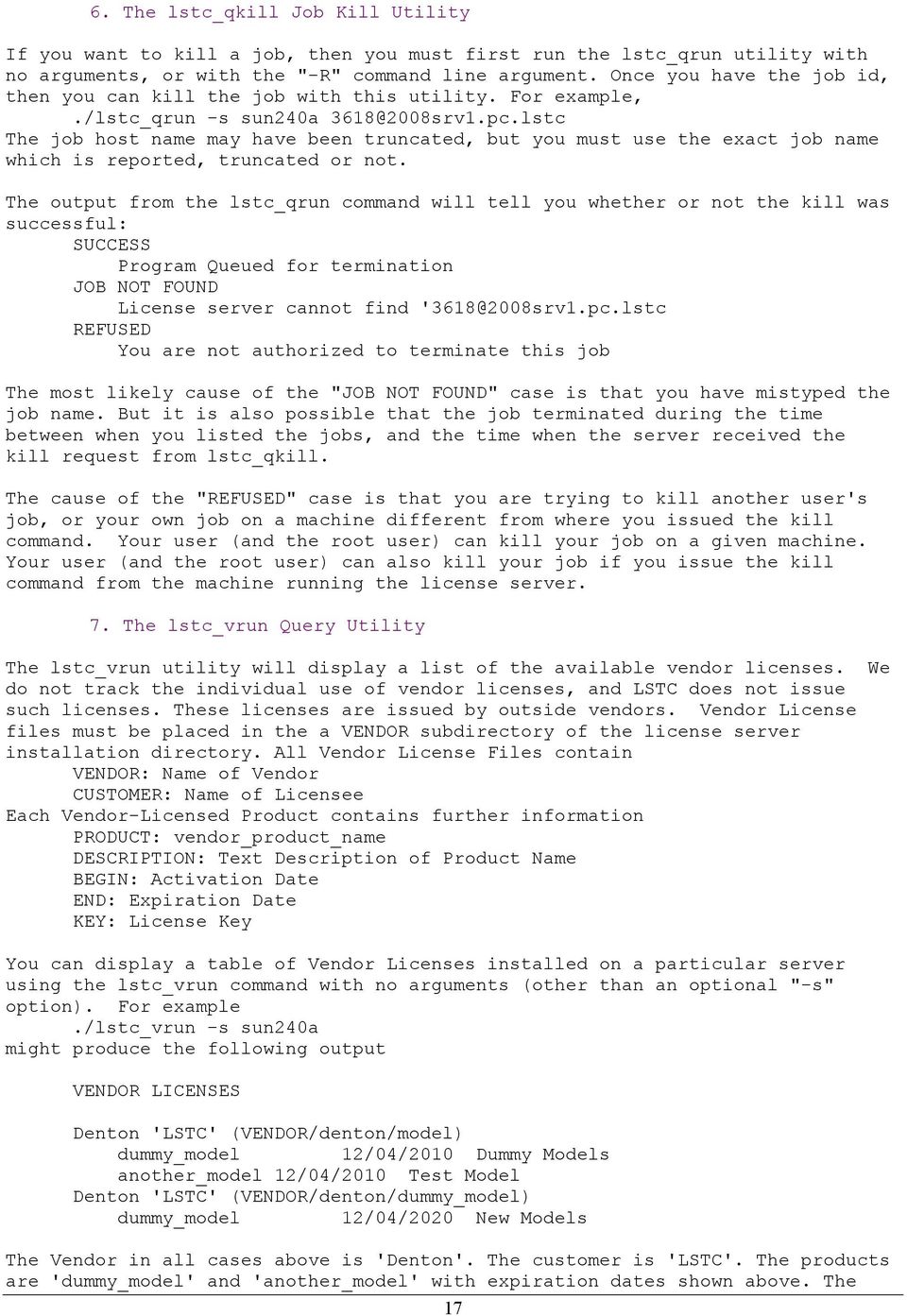- The LSTC-ED technique is a quick and comprehensive treatment covering the entire cavernous bodies. The therapy source is placed at right angles to the cavernous bodies and moved longitudinally along the penis (the cavernous bodies) and the perineum (crura of the penis). This results in maximum, homogeneous transfer of energy; treatment is quick.
- . User Manual. Specification. DW2-Wi-Fi. User Manual. Specification. The Thrid Party Platform Tutorials. Send Us Your Inquiry.
Uninstall options include:
- Client uninstall (including remote uninstalling of large groups)
- What to do when conventional uninstall methods fail: CleanWipe, manual removal methods
Client uninstall
Here are the recommended methods for uninstalling the Symantec Endpoint Protection client.
Gran turismo 4 pcsx2 settings. November 3, 2020 by Leave a Comment. Other than that the game works perfect. The MTVU hack may increase speed in quad core CPUs. This refreshes the emulation state of GSdx and clears the bad VRAM. Cense tests require more cycles & RAM usage than regular races, seeming to cause upwards of 10 FPS slowdown in. Pcsx2 gran turismo 4 settings. Gran turismo 4 is a really cpu taxing game. Try messing with the settings a bit and make sure nothing is running in the background. Other than that maybe try playing another racing game. #1163 Gran Turismo 4 Low vs Ultra PS2 GameplayRelease Date: December 28, 2004Platforms: PlayStation 2GT4 Savegame (100+ Hybrid Cars):http://bit.ly/Hybridv.
How To Download Manual For My Mac Mac 350 Entour User Manual Oleo Mac 740t Manual Mac 110 Chainsaw Repair Manual Lstc Mac Process Manual Whmcculloch Mini Mac 30 Manual Photos For Mac And Ios: The Missing Manual Mac Hp Scanner Manual Mac Tec 960 Manual.
| Uninstall for a small group of clients | For small numbers of clients, use the standard Windows uninstall method. |
| Uninstall for a large group of clients | When accessing each client physically is not practical, there are many ways to automate the process. These include:
|
Removing specific client components
It is possible to remove specific components from a Symantec Endpoint Protection client without the need to fully uninstall and reinstall.
| Removing components from a client | You can modify the installation for managed or unmanaged clients using Add or Remove Programs, or Programs and Features. You can find more information by visiting Add or remove features to existing Endpoint Protection clients. |
| Removing components from multiple clients | You can use the Symantec Endpoint Protection Manager (enterprise edition only) to modify the installation features on an entire group. Instructions for doing this can also be found in Add or remove features to existing Endpoint Protection clients. |
| Uninstall and reinstall LiveUpdate | To uninstall and reinstall LiveUpdate without uninstalling the Symantec Endpoint Protection Manager, see Reinstall LiveUpdate for Endpoint Protection Manager. |
Symantec Endpoint Protection Manager (SEPM) uninstall
The Symantec Endpoint Protection Manager uninstall is fairly straightforward and should be done on a per-manager basis. The following table lists topics that are related to this process.
| Backing up the Symantec Endpoint Protection Manager | You should back up the Symantec Endpoint Protection Manager using disaster recovery procedures. If you need to uninstall the Symantec Endpoint Protection Manager, making these preparations in advance makes it easier to reconnect with existing clients and use previously configured policies when you reinstall. For information on preparing for disaster recovery, see Disaster recovery best practices |
| Removing the Symantec Endpoint Protection Manager | The recommended method is to use the standard Windows uninstall method. For more information, see Uninstalling Symantec Endpoint Protection Manager. |
| Connecting existing clients to a new or reinstalled Symantec Endpoint Protection Manager | If it becomes necessary to uninstall and reinstall the Symantec Endpoint Protection Manager without preparing in advance for disaster recovery, it is possible to reconnect existing Symantec Endpoint Protection clients to a new manager installation. See the following document for more information: How to point clients to a new Endpoint Protection Manager after decommissioning or replacing the existing one. |
What to do when conventional uninstall methods fail

Sometimes the recommended and preferred methods for uninstalling Symantec Endpoint Protection fail or do not work as expected.
| CleanWipe | The CleanWipe utility is intended for use only when uninstalling Symantec Endpoint Protection from the Windows control panel fails. For this utility, see Uninstalling Symantec Endpoint Protection with the CleanWipe removal tool. |
| Manual Removal | You can perform a manual removal. |
Mac client uninstall


Sometimes the recommended and preferred methods for uninstalling Symantec Endpoint Protection fail or do not work as expected.
| CleanWipe | The CleanWipe utility is intended for use only when uninstalling Symantec Endpoint Protection from the Windows control panel fails. For this utility, see Uninstalling Symantec Endpoint Protection with the CleanWipe removal tool. |
| Manual Removal | You can perform a manual removal. |
Mac client uninstall
Iphone app on mac for imovie video editor. Removing the Symantec Endpoint Protection client from Mac computers requires different methods and tools.
Lstc Mac Process Manual Pdf
| Removal from a single client or small group of clients | As of version 14, you can uninstall directly on the Mac.
For 12.1.x, Use the Symantec Uninstaller. For detailed instructions and how to get the tool, see Uninstalling the Symantec Endpoint Protection client for Mac. |
| Removal from a large group of clients | You can accomplish removing a large number of clients at once by using the SymantecRemovalTool in conjunction with a remote management system like Apple Remote Desktop. You can find more information about SymantecRemovalTool by visiting the appropriate section in Remove Symantec software for Mac OS using RemoveSymantecMacFiles. |
| What to do if conventional methods fail | The RemoveSymantecMacFiles utility will remove all files and folders related to the Mac client install. More information and instructions for use can be found in the document Remove Symantec software for Mac OS using RemoveSymantecMacFiles. WARNING: RemoveSymantecMacFiles/SymantecRemovalTool will remove ALL Symantec products from a Mac. |
